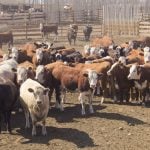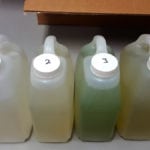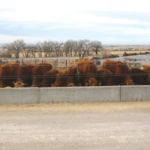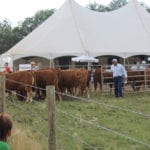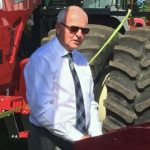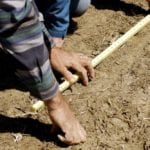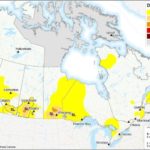Livestock and feed specialists with the Saskatchewan Ministry of Agriculture have learned that not all methods of testing water quality are equal, especially when it comes to total dissolved solids and sulphates. Leah Clark, livestock and feed extension specialist with the Saskatchewan Ministry of Agriculture, took part in a study comparing the accuracy of water […] Read more
